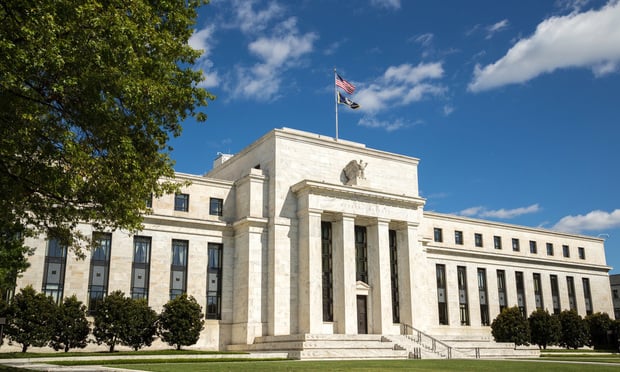Economists prognosticate; the big brokerage firms make their rosy forecasts; and your uncle shares his doomsday predictions at holiday dinners. Everyone has their ideas about what 2022 will bring. As consultants to the commercial real estate industry, we handle thousands of diverse CRE projects each year for lenders, investors, corporate occupiers, and developers—we see a lot. Based on that perspective, here's our outlook for 2022, along with some resources to help you prepare for a successful year.
ESG Promises: Private equity firms have enjoyed robust fund raising, and many are making significant ESG commitments along the way. ESG ratings such as GRESB are now an integral part of private equity's pitch to capital managers, and of course competitive real estate managers want to win! So ESG is now very important not only for moral imperatives or political reasons, but for competitive reasons as well.
As a result, we are seeing ESG treated as a serious matter during due diligence and decarbonization projects in asset management. Our energy practice is seeing ESG-driven enthusiasm around solar and energy efficiency projects for the sake of fulfilling ESG commitments. The good news is that the vast majority of these project also have a reasonable return on investment and help real estate assets achieve a greener image. Judge for yourself—click here to review a few case studies.
Construction Headwinds Continue: Project volume remains strong, but supply chain issues, market volatility, and cost overruns will continue to be challenging. Lenders with plenty of appetite for construction lending are looking to mitigate risk in this environment; however, in search of rates, many fund lenders are willing to entertain riskier opportunities if they can quantify and understand the risk. Construction risk management consulting offers expert perspective and dedicated resources towards this end, and in the case of on-risk products such as completion commitments or project completion insurance, can even distribute some of the risk away from the lender.
Also, for lenders interested in the state-of-the-art risk management techniques, join your peers in an ongoing discussion of construction challenges and solutions at the CLRM Roundtable.
Changes in Environmental Due Diligence: For the first time in more than a decade, there have been big changes to the standard scope of work for Phase I Environmental Site Assessments. The ASTM E1527-21 standard goes live on 1/1/2022. The new standard includes changes to historic research and title search requirements as well as revised definitions and more. You can read up on the changes here or watch a webinar for more discussion. The new standard does not include PFAS as a recognized environmental condition but acknowledges the growing concern about PFAS by adding it to the list of "non-scope issues" that a user may want to evaluate as a business risk, as is commonly done with asbestos and mold.
New Focus for Agency Lending: FHFA set the 2022 caps at $156 Billion for Fannie Mae and Freddie Mac combined, with 50% of that required to be mission-driven affordable housing. But there's a twist this year: loans that finance energy or water efficiency improvements—Fannie Mae's Green Rewards and Freddie Mac's Green Up/Green Up Plus programs—qualify as mission-driven if the improvements are for units affordable at or below 60 percent of AMI, and borrowers will achieve a minimum 30% reduction in energy and water consumption.
Data-Driven Asset Management: The CRE industry is behind on technology, but we see a lot of clients interested in improving. Reactive asset management, with its related overspending and delays, is so 2021. As tighter margins create pressure on asset managers to meet income projections, savvy portfolio managers use data to build proactive management programs for building systems such as roofs, HVAC, and plumbing. This data-driven, proactive approach results in lower maintenance costs and capital expenses, as well as fewer disruptions to operations and/or tenants. For a discussion of how proactive management can save money on roofing expenses, for example, view this webinar.
High Volume and Supply Constraints: High volume tested the CRE due diligence supply chain this fall. The high volume of institutional transactions puts extra pressure on the high-end of the supply chain as institutional clients demand more experienced and credentialed professionals, and these professionals are hard to develop quickly. Ever increasing institutional ownership will continue to pressure this segment of the market.
© 2024 ALM Global, LLC, All Rights Reserved. Request academic re-use from www.copyright.com. All other uses, submit a request to [email protected]. For more information visit Asset & Logo Licensing.








